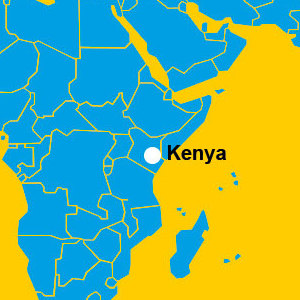Improving safe intubation
Patients who can’t breathe on their own need to be ventilated through an endotracheal tube, which is a breathing tube that is passed through the vocal cords and into the trachea. Difficult intubation occurs in up to 11% of patients in the emergency room, intensive care unit and surgical patients. Difficult intubations are associated with trauma, hoarseness and hypoxia. Failure to intubate can lead to cancellation of a surgery and even death. Video-laryngoscopy can help anaesthetists to get a good view of the vocal cords and to steer the endotracheal tube correctly, ensuring adequate ventilation of the patient. However, in low resource-regions videolaryngoscope are barely used. This is a consequence of high procurement costs, limited user experience and lack of available spare/custom parts.
We are working on a context-specific design of a videolaryngoscope that employs a low-cost USB endoscope and smartphone screen for visualisation of the larynx. The design meets requirements that were generated from field research and interviews with medical staff in both the Netherlands and Kenya. The device is reusable, suitable for local maintenance and easy to use, ensuring smooth operation in low-resource regions.




